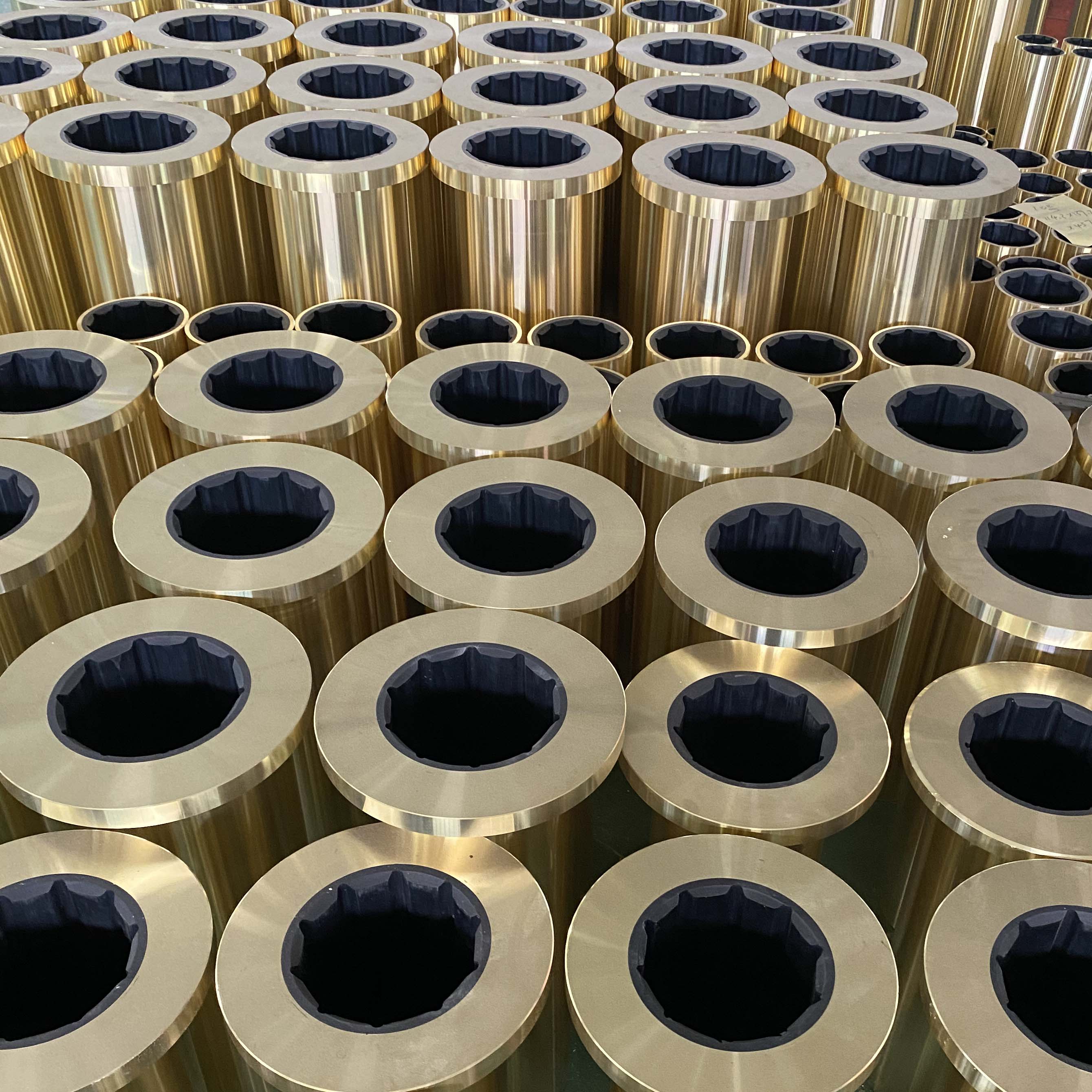Understanding Power Steering Input Shaft Dynamics and Its Impact on Vehicle Control
Understanding Power Steering Input Shaft Its Role and Importance in Modern Vehicles
Power steering has become an essential feature in modern vehicles, enhancing driving comfort and safety. Among the various components that comprise the power steering system, the input shaft plays a crucial role in ensuring efficient steering functions. This article will explore the functions, components, and importance of the steering input shaft, particularly in the context of power steering systems.
What is a Power Steering Input Shaft?
The power steering input shaft is a critical component that connects the steering wheel to the steering gear. It transmits the driver's steering input—mechanical movement from turning the steering wheel—to the steering mechanism, allowing the vehicle to respond effectively. The input shaft is typically situated within the steering column, where it is coupled with various other components that contribute to the power steering functionality.
The Role of the Input Shaft in Power Steering Systems
In both hydraulic and electric power steering systems, the input shaft's primary function is to facilitate the driver's steering input efficiently.
1. Hydraulic Power Steering (HPS) In hydraulic systems, the input shaft works in conjunction with a hydraulic pump that provides boost based on the driver's input. When the driver turns the steering wheel, the input shaft rotates, turning a pinion attached to the steering gear. This movement creates pressure in the hydraulic system, which assists in turning the vehicle wheels. The design of the input shaft ensures that this transfer of force is smooth and responsive, enhancing the overall driving experience.
2. Electric Power Steering (EPS) In contrast, electric power steering systems rely on an electric motor to provide the necessary assistance. In this setup, the input shaft still plays a vital role, as it functions similarly by engaging with sensors that detect the driver's steering angle. The information relayed to the electric motor allows the system to provide real-time support based on the driver’s input, improving control and maneuverability.
power steering input shaft

Importance of the Input Shaft
The performance of the input shaft is paramount for several reasons
1. Driving Comfort The input shaft ensures that turning the steering wheel translates directly and efficiently into wheel movement, allowing for a comfortable driving experience, especially when maneuvering in tight spaces or during parking.
2. Safety Features A well-functioning input shaft is essential for vehicle safety. Any issues with this component can lead to steering failure, which poses significant risks. Regular maintenance and checks can help ensure that the input shaft is in optimal condition.
3. Durability and Reliability The input shaft must withstand various conditions such as vibration, wear, and temperature fluctuations. Using high-quality materials and engineering techniques enhances its durability, leading to a more reliable steering system.
Conclusion
The power steering input shaft is a vital component that assists in translating the driver’s intentions into vehicle movements. It ensures a responsive and comfortable driving experience while contributing to overall safety. Understanding its role highlights the significance of proper maintenance and care of this system. As technology continues to evolve, innovations alike stand to further refine the functionality of the input shaft, making driving even more enjoyable and secure for everyone behind the wheel. Whether you're navigating city streets or cruising on the highway, you can appreciate the seamless control provided by this critical piece of engineering.
-
Understanding Automotive Oil Seals: Essential Components for Engine and Shaft Protection
News Jul.30,2025
-
The Importance of Heavy Duty Seals in Industrial and Residential Applications
News Jul.30,2025
-
Exploring Industrial Oil Seals: From Felt Oil Seals to TTO and CFW Solutions
News Jul.30,2025
-
Essential Guide to Oil Seals: From Radial to Metal-Cased Seals for Industrial Reliability
News Jul.30,2025
-
Choosing the Right Oil Seals and Gaskets for Industrial and Automotive Applications
News Jul.30,2025
-
Cassette Seals: Durable Sealing Solutions for Harsh Environments
News Jul.30,2025
-
Understanding the Front Main Engine Seal: Purpose, Maintenance, and Installation
News Jul.29,2025
Products categories















